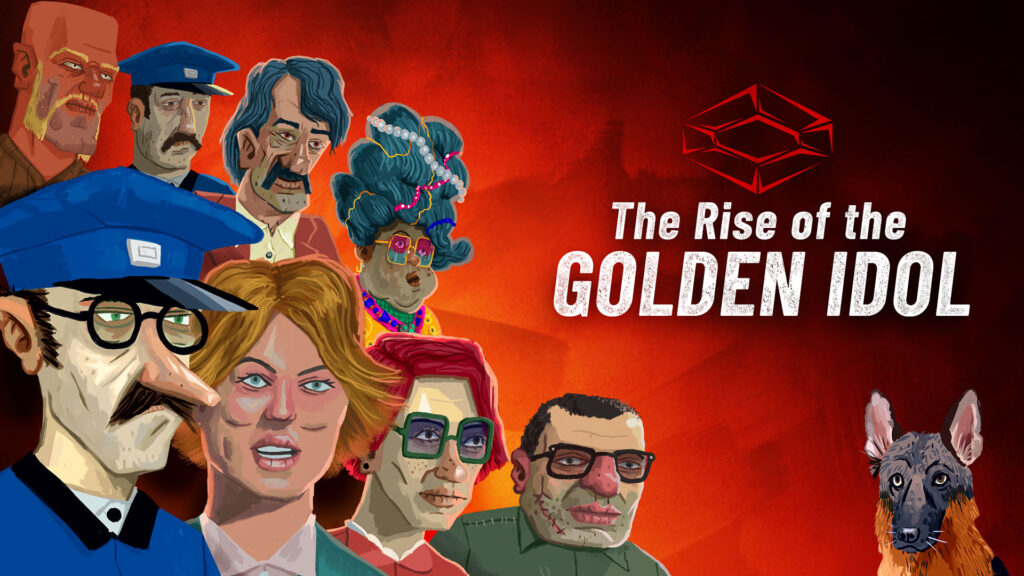Let’s get this out of the way – if you haven’t played Case of the Golden Idol yet, you really should do that (hint: it’s on Game Pass). Developer Color Gray’s debut game is one of the most smartly conceived, intriguingly told puzzle games of recent years. Spinning the story of a seemingly magical artifact through a series of murder-mystery tableaus, you amass clues in each scene, then literally piece the story together yourself, word-by-word – revealing an incredible fantasy-history tale of national conspiracy, political wrongdoing, and dangerous technology in the process. There was simply nothing quite like it – until now.
The sequel, Rise of the Golden Idol (which arrives on Xbox Series X|S tomorrow) is left in a pretty unique position as a result.
How do you follow up a beloved one-off – retaining what made it special, but expanding its world and ideas meaningfully? Color Gray has managed a truly deft balance here – this is effectively the game you know, but a setting you really, really don’t. Far from continuing where we left off, Rise picks up whole centuries after the events of the first game, in this world’s equivalent of the 1970s. For fans of Case, it means that, even if you have all the backstory, you’re just as lost in the context of this world, giving you the thrill of putting all the pieces back together once again.
This is a world where the very real Idol of the first game has not only become a myth, but been physically broken into pieces – and we discover what happens when people begin putting them back together again. To give away any more would spoil the surprises, but it’s safe to say that while it deals in similar themes to the first game, this is a very different story.
On first glance, you might assume that this is a very similar game, however. The basic formula remains – each level gives you a look at a very specific (almost always violent) moment in time, and offers the option to click on the people and objects in that moment, picking up clues.
These could be names, objects, or associated verbs. In each scene, you’re given distinct puzzles – figuring out who each character is, what their jobs might be in that moment and, almost always, a final conclusion as to what’s happened in the run-up to the scene. Almost every one of the dozens of interactive elements will be relevant to that final conclusion, and you’ll need to use the bulk of the words you’ve amassed to put that together.
Despite an upgraded art style – retaining the Hogarthian caricatures of characters, but placing them in a grubbier urban context – it’s very familiar. Until you reach the end of a chapter.
This is Rise of the Golden Idol’s key new feature – every chapter contains multiple scenes but, once you’ve completed them all, you’re given an overarching meta-puzzle. Using all the information you collected from each scene, you then need to work out the story of what was going on around the full chapter itself – often revealing twists you’d never have expected.
You’ll likely need to revisit each scene to do so, jumping from moment to moment (and perhaps even the cutscenes and clues presented between those moments) to re-establish whether, say, that particular item – which felt like a red herring at the time – was actually a major clue you didn’t know you needed.
It’s a truly smart piece of extra design – nothing that you loved about the first game has been changed, there’s just way more of it all of a sudden. That’s also a summation of the game as a whole, and perhaps the greatest recommendation I can give for Rise of the Golden Idol. It’s a brilliant sequel to a brilliant game – when something was this good already, who wouldn’t want more of it?
The post Rise of the Golden Idol Is a Fitting Sequel to One of the Best Puzzle Games of Recent Years appeared first on Xbox Wire.
Source: Xbox Blog
—
